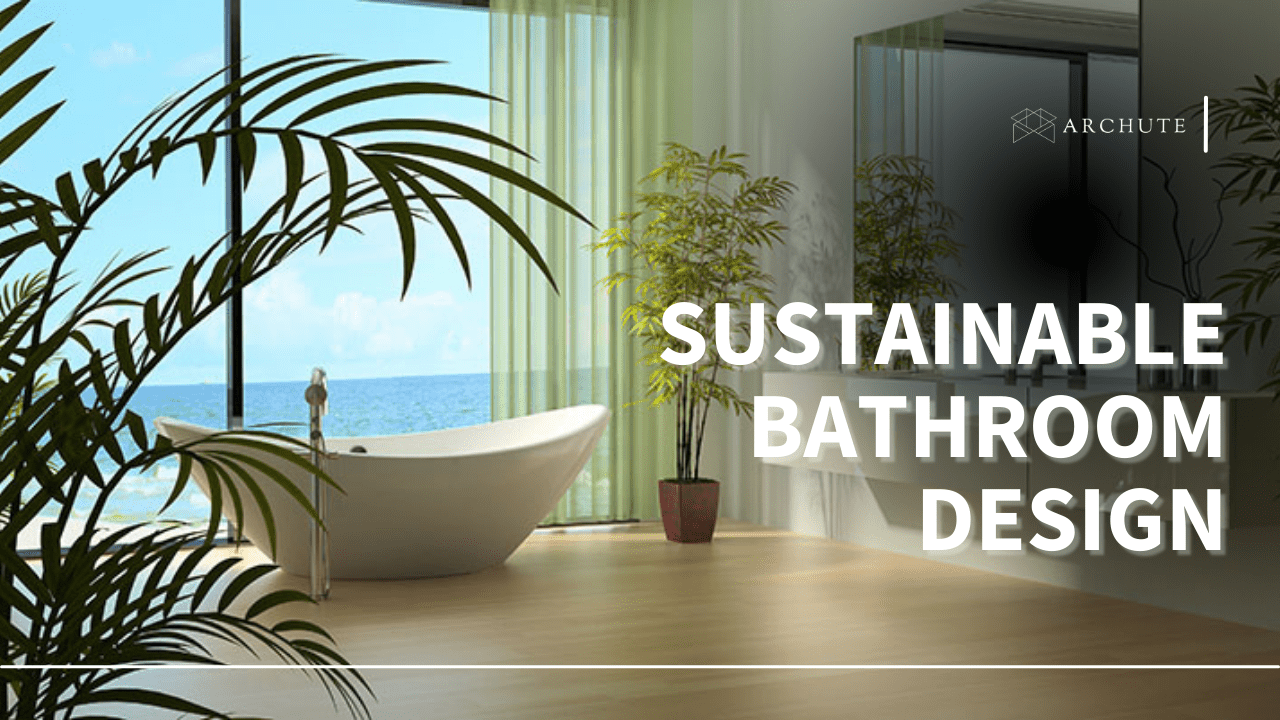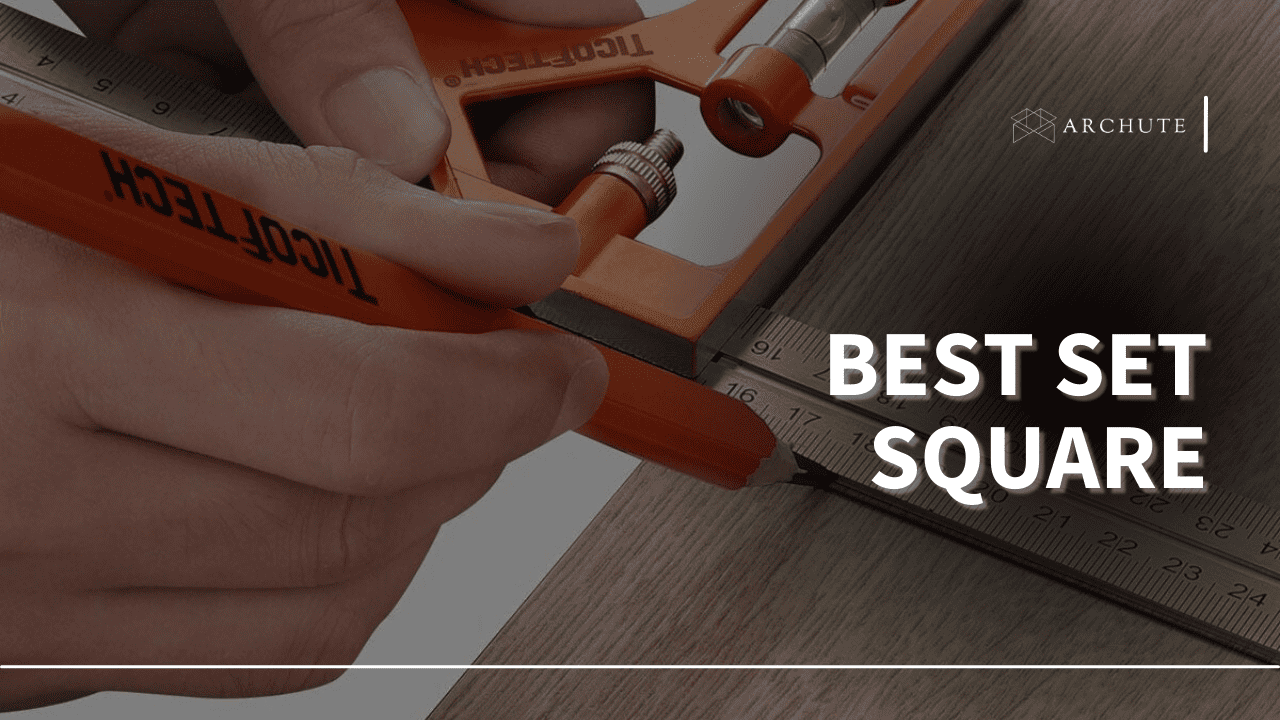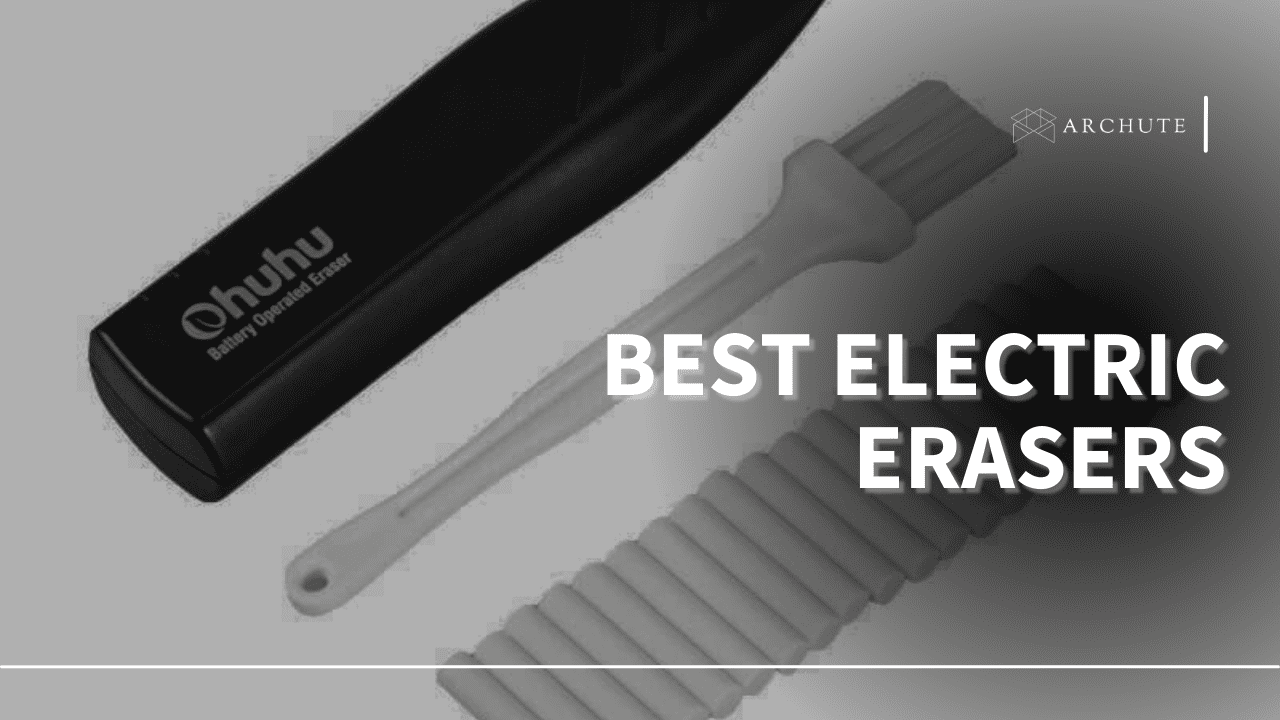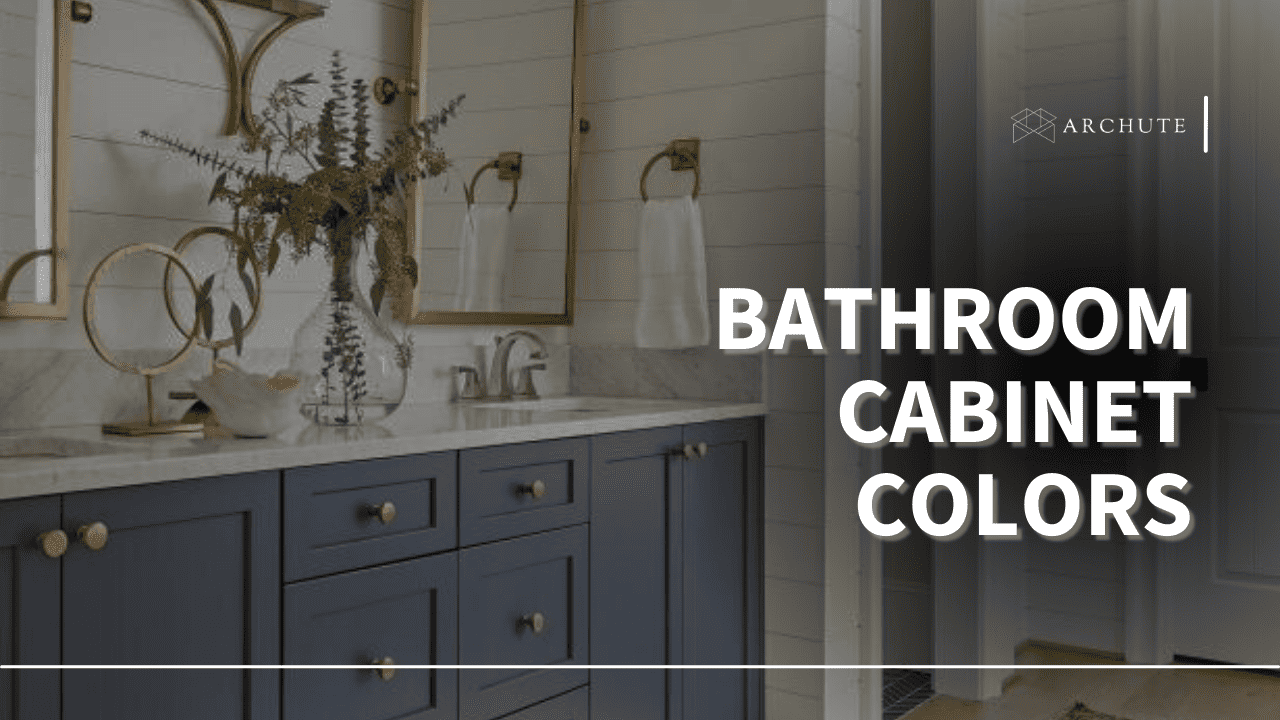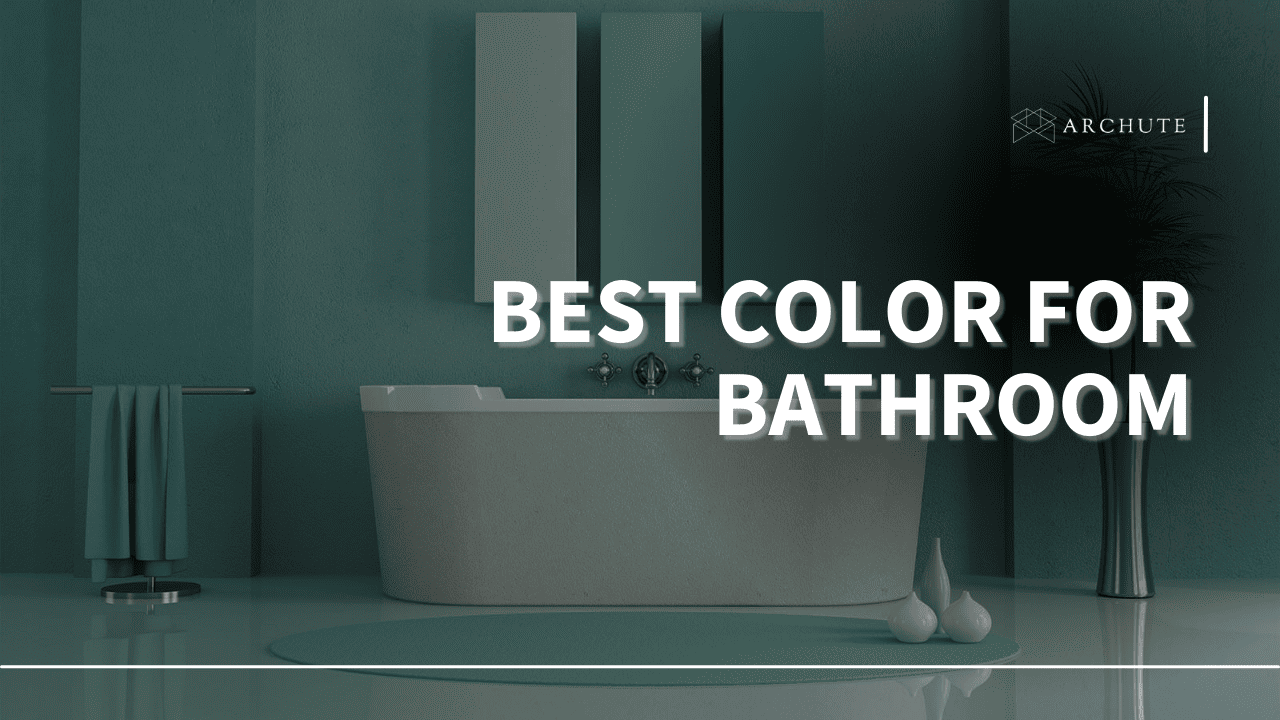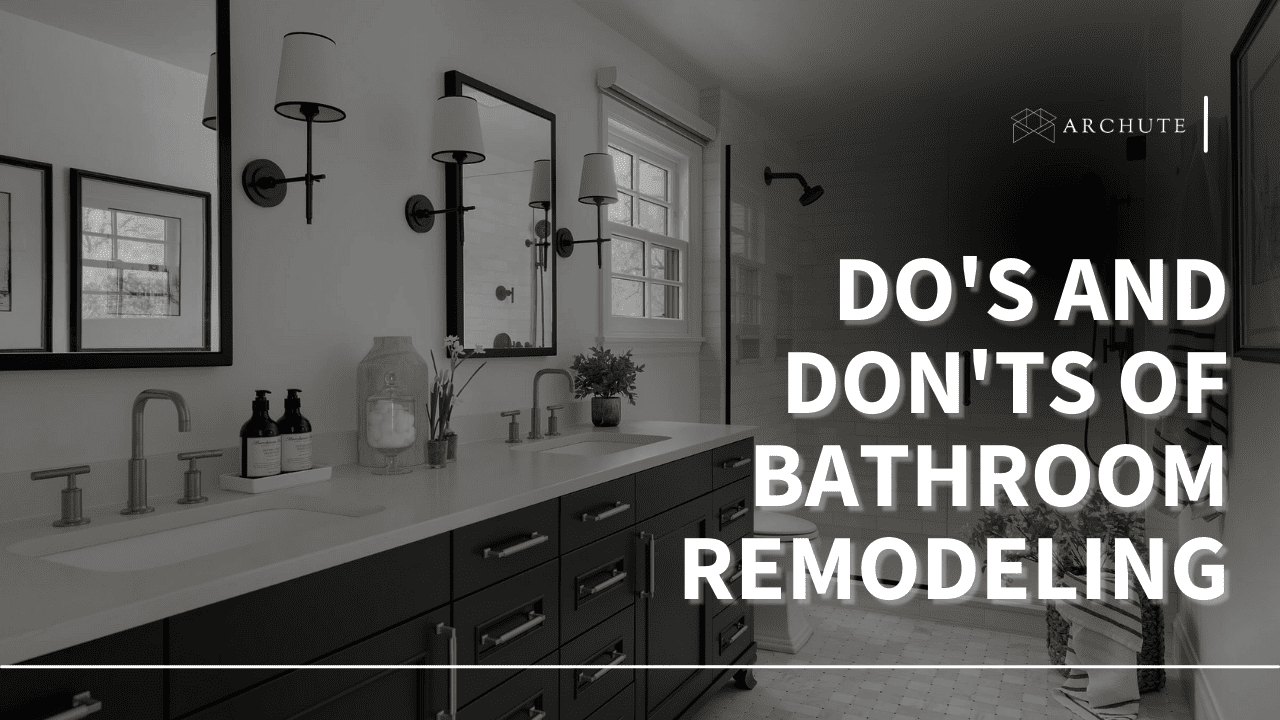Everybody across various industries is now choosing eco-friendly materials for creating products, trying to achieve that green eco dream. Interior design is not an exception to this, and we have tried to make our designs more sustainable throughout the years.
While converting to an eco-friendly bathroom design could be a hassle come on it can cut down on your bills, make your bathroom look better, and help make a positive impact on the environment. In this article, we are sharing some creative methods for creating an eco-friendly, non-toxic, sustainable bathroom.
Sustainable Bathroom Design: 11 Creative Methods
There are many different products and methods to make an environmentally friendly bathroom. Some might say using plastic-free products is eco-friendly, and others might say you should use all-natural products.
In this section, we'll share some creative methods and examples for transforming into a sustainable bathroom.
1. Eco-Friendly Materials for Tiles and Flooring
Most bathrooms have ceramic tiles and flooring or other types of nonrecyclable materials. The first way to change to a sustainable bathroom is by using recyclable or reusable materials for the flooring and the tiles.
For example, you could use marble, granite, or even wood. All three of these materials are taken from nature and they can go back to nature without any footprints.
2. Steel Bath
Instead of using a ceramic bathtub, you can use a steel one. It is more sustainable and stronger, and you can maintain it easily. Steel bathtubs come as a cost-effective option as well. So if you don't want to spend a fortune on the bathtub, or you don't care if it's too fancy, teal baths are probably the choice.
3. Salvage Elements
While it might not sound good to use salvaged materials in your bathroom design, in an eco-conscious way, they are actually pretty useful. you can always find salvage materials and salvage yards in similar places to recreate and repurpose items for your entire home and bathroom. This way, used items can be used again, and you can avoid waste at all costs.
4. Wooden Walls
If you're thinking super budget-friendly with low waste, wooden walls are great options for bathrooms as well. We've mentioned that you can use wooden flooring, so within walls would not be that much of a surprise.
5. Use Paint for Styling, Not Extra Materials
Suppose you wanted to re-style your floor, and mosaic tiles are definitely the first option that comes to your mind. Again, in order to promote low or zero waste using of materials, you can paint over the walls or the flooring to style them in any way you want. They can both come out beautiful and fewer materials will go to waste.
"I would still avoid using paint as much as possible. However, it is still preferred over new tiles, mosaic, or plastic products."
6. Use Natural Material for Shower Curtains
If you are looking to use shower curtains for your bathroom, keep in mind that most shower curtains are plastic based. Instead, you can consider organic cotton as a great natural option for your shower curtain. They are safe, don't release any volatile organic compounds, and are easily cleanable as well.
Plus, you can avoid plastic waste. Usually come on the global organic textile standard can help you find out whether the material you're choosing for your shower curtain is eco-friendly.
"The Global Organic Textile Standard is a global standard for organic fibers. When they certify a product, it means that the product only uses eco-friendly, all natural, and non-toxic materials, like organic cotton."
7. Minimalism
One of the first enemies of an eco-friendly and sustainable bathroom design is the usage of too many products here and there. Instead of using various bathroom products or elements, try to aim for as few as possible. For example, in the choice between sanitary ware that is too detailed or using various wasteful materials, use simpler ones. Or instead of using fancy lighting, use simpler or vintage lighting.
"By minimalism, I mean avoiding using any element in the bathroom that isn't essential. All of them need to go. Also, I would avoid buying more unnecessary items."
8. Repurpose Natural Material
In this method, you have two ways to repurpose materials. You can either use recycled materials or just find a new purpose for already existing natural items. For example, are you looking for a shower curtain rack?
Instead of using plastic materials or buying new materials come on you can simply repurpose a tree log to act as a rack. With all the other bathroom accessories and other single-use plastic bathroom products, you can do the same. This will promote low waste and get you closer to an eco-friendly bathroom.
9. Eco-friendly Products and Accessories like Toilet Paper and Toothbrush
When it comes to the topic of an eco-friendly bathroom, fewer people think about bathroom products or beauty products. Of course, these products can have toxic chemicals in them and pose a threat to nature.
For example, your your shampoo and conditioner bars, plastic toothbrushes menstrual cups, and even toilet paper is can have harmful chemicals in them.
You should think about getting eco-friendly bathroom accessories and products that include natural and organic ingredients, plant-based ingredients, and zero-waste materials.
For example, instead of using a plastic toothbrush, use bamboo toothbrushes. You can also use recycled toilet paper instead of freshly produced toilet paper to reduce waste even more.
10. Use Essential Oils
When it comes to oils, try to use bathroom products made with essential oils and coconut oil. They should be palm oil free and free from plastic bottles. Essential oils are nourishing, high-quality, and natural. They can achieve even better results than beauty products with synthetic and harsh chemicals.
11. Use Eco-Friendly Cleaning Products
For cleaning products or body wash, try to use natural and effective products like baking soda. These products are usually efficient as well, and even sustainable brands like Crest use them for their toothpaste.
What Makes a Sustainable Bathroom Design
We've mentioned all these great methods to have an eco-friendly bathroom. However, just so you can improvise and adapt these methods to your own design, you should know what makes a sustainable bathroom design in the first place. Here are a few fundamental standards.
1. Reusable Elements
First and foremost, try to aim for reusable or repurposable elements. Avoid buying different materials just to make your bathroom look and feel better. Plus, repurposing materials and products that others give out is also an excellent way to reduce waste.
2. Recyclable Materials
In the same way that you use reusable elements, such as accessories, it's great to use reusable and recyclable materials as well. For example, use plastic-free products and try to aim for wood or metal.
3. Efficient Heating
We often overlook the efficiency of our water and heating sources. A radiator is often less efficient and more energy-consuming than floor heating.", says Mariya Snisar, Head of Interior Design at Renowell. If you optimize your heating source and make it more efficient, you can even cut down on your bills.
Conclusion on Sustainable Bathroom
If you're deciding to switch to an eco-friendly and green bathroom or bathroom products to minimize waste, you are absolutely right and it's the best time to go about doing that. Start with things you can change and your lifestyle, such as using plastic-free products and natural ingredients.
Next, you can switch to organic materials and accessories such as shower curtains or sanitaryware. Bees methods are most commonly used in sustainable bathrooms, and if you follow them come on you'll soon get yourself an amazing bathroom that nature will love as well.

